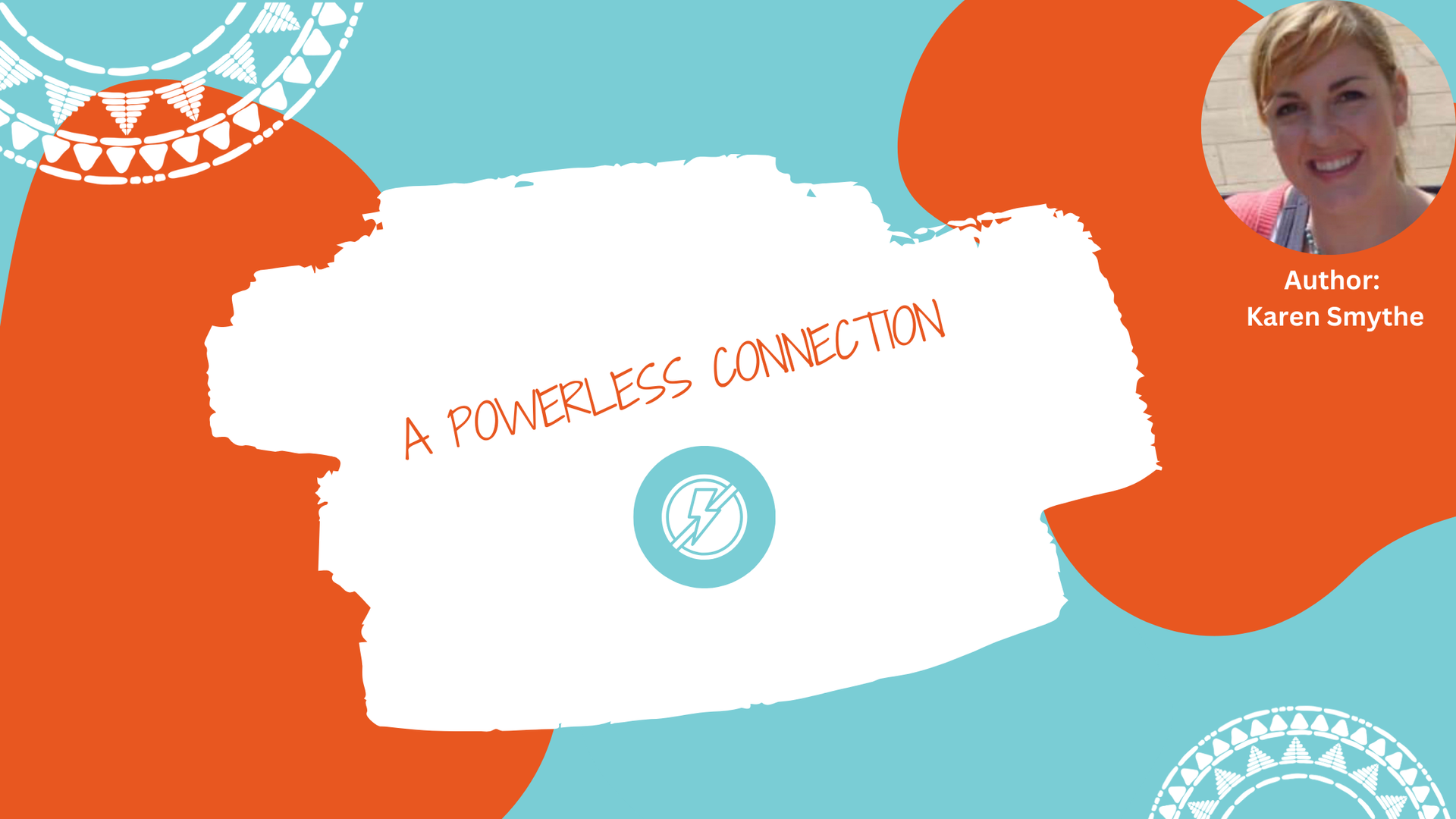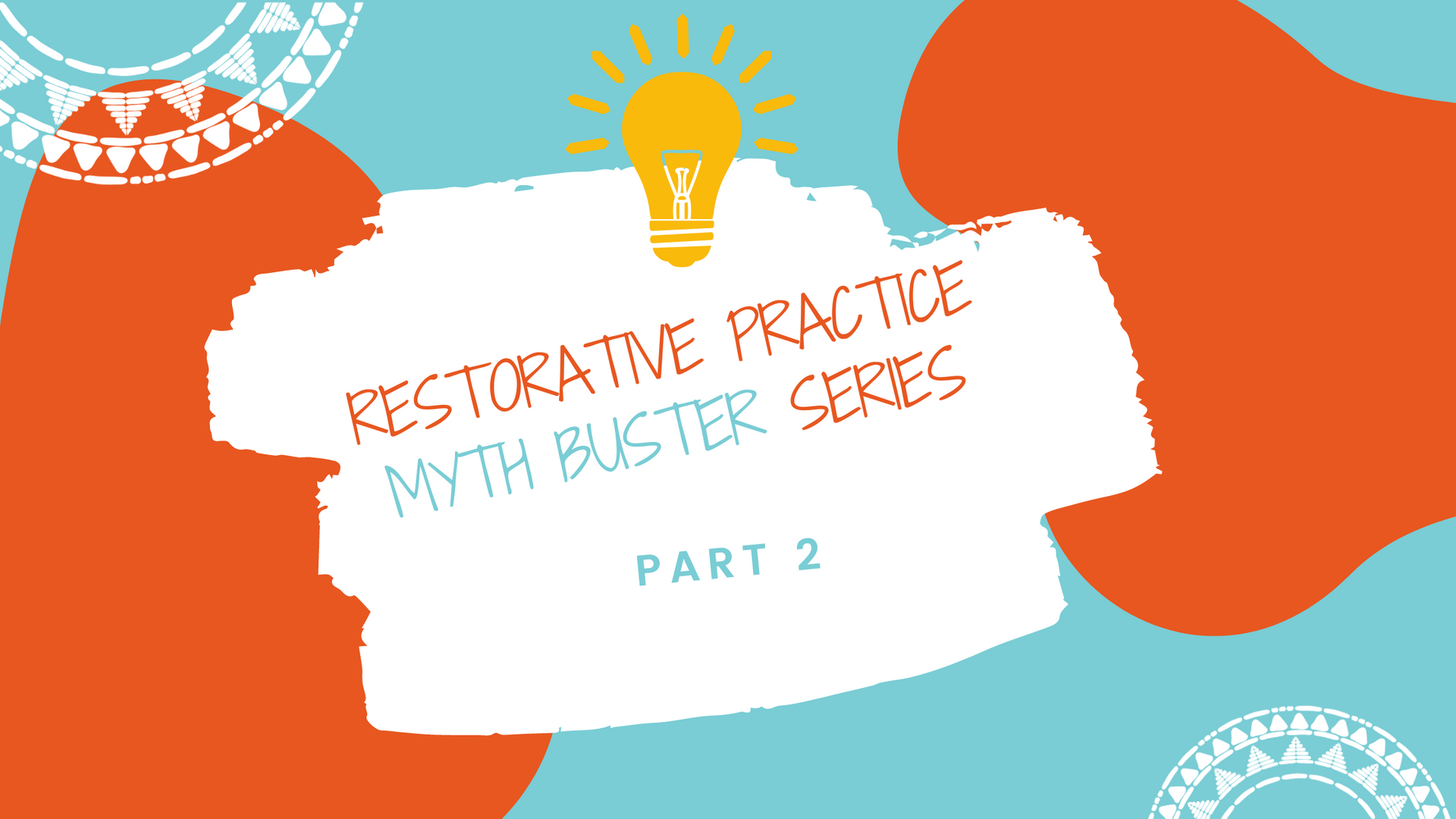Individual and Collective Accountability in a Restorative Framework
Individual accountability
Accountability in restorative justice is defined as: taking responsibility and taking action to repair the harm and to prevent it from happening again.
This is in contrast to a definition of accountability in our systems as: taking your punishment.
Accountability as taking punishment is passive and shifts the person who caused harm to a perception of themselves as the victim because the power of the institution is operating to harm them.
Accountability as taking responsibility and taking action to repair harm and prevent it from happening again is active. The action comes from the person who caused harm. Action for repair is how we heal from the shame that arises naturally when we acknowledge causing harm.
From this definition of accountability we do not ‘hold people accountable’ – meaningful accountability comes from within. It is not externally imposed.
I see five elements in the process of being accountable:
1. Acknowledge that your actions caused harm
2. Acknowledge that you had agency in those actions
3. Understand the full impact of your actions on anyone who was impacted
4. Take steps to repair the harm and make amends
5. Identify patterns or habits that led to causing harm and take steps to change those habits
The first three goals of accountability are achieved in the restorative dialog process itself. The last two elements are the plan that comes out of a restorative process. Any set of obligations for a person who caused harm are focused on the questions: What needs to be done to repair harm? and What needs to change so it does not happen again?
The first element is, in general, the most painful. As a species we do not want to see ourselves as harming others – so we deny, minimize and rationalise our behaviour. We all do this. I see it often in myself. It takes great courage to truly take responsibility. Because deep underneath at the cellular level is a fear that if we caused harm, we deserve disconnection and we also know that disconnection is a kind of death. So we have elaborate internal mechanisms for denial, minimising and rationalising. This is why it is so important than anyone who needs to acknowledge harm is never sitting alone when they need to take responsibility. They must have someone next to them who will love them no matter what they have done. With that kind of support we can sometimes summon up the courage to truly acknowledge that we caused harm.
It is important for us to explore accountability in our own lives before we expect others to be accountable. In a circle I sometimes invite participants to share an experience in their own lives where they caused harm and took responsibility and made amends. When we discuss how that feels, participants commonly describe a new awareness of how painful it is to take responsibility and how often they do not take responsibility. And participants describe what a relief it is to take responsibility and do some form of repair. That is how we heal when we have caused harm, but it is not easy.
When we examine our own experiences of taking responsibility and making amends we find certain conditions that helped us:
· dignity was honoured
· awareness of the impact of behaviour was communicated without being diminished as a human being
· support – from someone who will love us no matter what we have done
· validation that the harm we caused is not all of who we are
· space to breathe
These conditions are not present in mainstream justice processes so we rarely see meaningful accountability in those processes.
These elements and questions are typically focused on individual accountability. But restorative justice is also concerned with collective accountability. No one acts just from their own inner impulses separate from all other influences. Our behavior is shaped by our internal logic and choice and also shaped by the context of our lives.
Collective accountability
The collective needs to acknowledge its role in harm, look to its role in repairing harm and in making changes so it does not happen again.
With individual accountability we ask: What has to change in that person so it does not happen again? For collective accountability we ask: What has to change in the community so it does not happen again?
Or put another way we shift from: What is wrong with this person? To: What is not working among us? How do each of us need to change to take care of all of us?
What does this look like? We turn to children because they are better at this than adults.
This is illustrated by a story from The Little Book of Circle Processes.
Finding Understanding in the Classroom
A student in an elementary school threatened to burn down the school following recess. This incident occurred soon after the school shootings in Littleton, Colorado, and his anger sparked fear among his classmates.
The teacher requested a Circle of Understanding for the students and the next day the entire classroom participated in it. During the Circle, students expressed their feelings about how the threats had impacted them. Many of the students reported experiencing nightmares as a result of the student’s threat. The students also reflected on how their own behavior had an effect on the student who made the threat and how they were responsible, to a degree, for his behavior.
At the conclusion of the Circle, the boy agreed to make changes in his own behavior by: 1) not swearing or threatening others, 2) thinking before speaking, and 3) walking away when he was mad to cool down and then talking it out later. He also agreed to write an apology letter to his classmates.
His classmates agreed to make changes in their behaviour by: 1) being nicer to him, 2) not telling lies about him, 3) not teasing him, 4) playing with him so he would have more friends, 5) being his partner in class, 6) helping him make new friends, 7) sticking up for him in a good way, 8) forgiving him and giving him a second chance, and 9) playing basketball with him after school.
The Little Book of Circle Processes – A New/Old Approach to Peacemaking, pp 31-32
This is what collective accountability looks like: acknowledging the community role in the situation and seeking ways to make sure it does not happen again. These children really created the answer to the question: How do each of us need to change to take care of all of us? Even though I do not think the question was posed in that way. I have only learned to pose that question so clearly after years of working in restorative justice. The children organically began to look at their own role and what they could do the change the context of the behavior of their classmate.
The fact that children do this more readily suggests to me that we are socialized out of this awareness and sense of responsibility by the habits and messages of our culture. As adults we need to be more intentional to engage our natural sense of collective accountability.
Relationship between punishment and accountability
As a society we operate from the assumption that punishment promotes accountability.
The reality is exactly the opposite. Punishment interferes with genuine accountability and reduces the likelihood of genuine accountability.
Nature of punishment in relation to genuine accountability:
· Punishment takes our attention to self-protection, to a perception of ourselves as victimized
· Punishment reduces our ability to feel empathy for someone we harmed
· Punishment engages the more primitive part of our brain, vigilance, wariness, self-protection so that we cannot engage the higher cortex of awareness of others, empathy, rational understanding of the impact of our behavior on others (emotional intelligence)
· Punishment models power over others when something goes wrong – which then justifies harming others when we feel an injustice
· Punishment isolates those who make mistakes – genuine accountability requires connection rather than isolation – denial, deflection, rationalisation, minimisation are strategies in response to the fear of isolation – deep human fear of isolation makes accountability very difficult without reassurance that we still belong – but punishment sends a message of not belonging, exclusion both in our direct actions of exclusion, but even in our implicit messages when not using strategies of exclusion to express punishment
· Because it interferes with genuine accountability punishment cannot deliver what most victims need most from those who cause harm: acknowledgement of causing harm, understanding of how their behaviour impacted the one who was hurt and expressions of genuine remorse
Genuine accountability and building community:
· Genuine accountability promotes healing for both the person harmed and the one who causes the harm which strengthens community
· Genuine accountability engages a concrete and specific understanding of the impact of our behavior on others which increases social-emotional awareness and skills necessary for healthy community
· Genuine accountability includes both individual and collective accountability reinforcing the sense of mutual responsibility necessary for healthy community
· Genuine accountability reinforces belonging for both the person hurt and the one who causes hurt because harm is examined in the context of relationship (how other human beings were impacted by the event) – and belonging for everyone is the core of healthy community
· Genuine accountability reinforces norms and expectations for healthy relationships because it engages respectful dialog about behaviour and its impact on others
Healthy community is necessary for efficient learning. Genuine accountability builds community. Punishment interferes with genuine accountability therefore punishment undermines community and learning.
Kay Pranis




